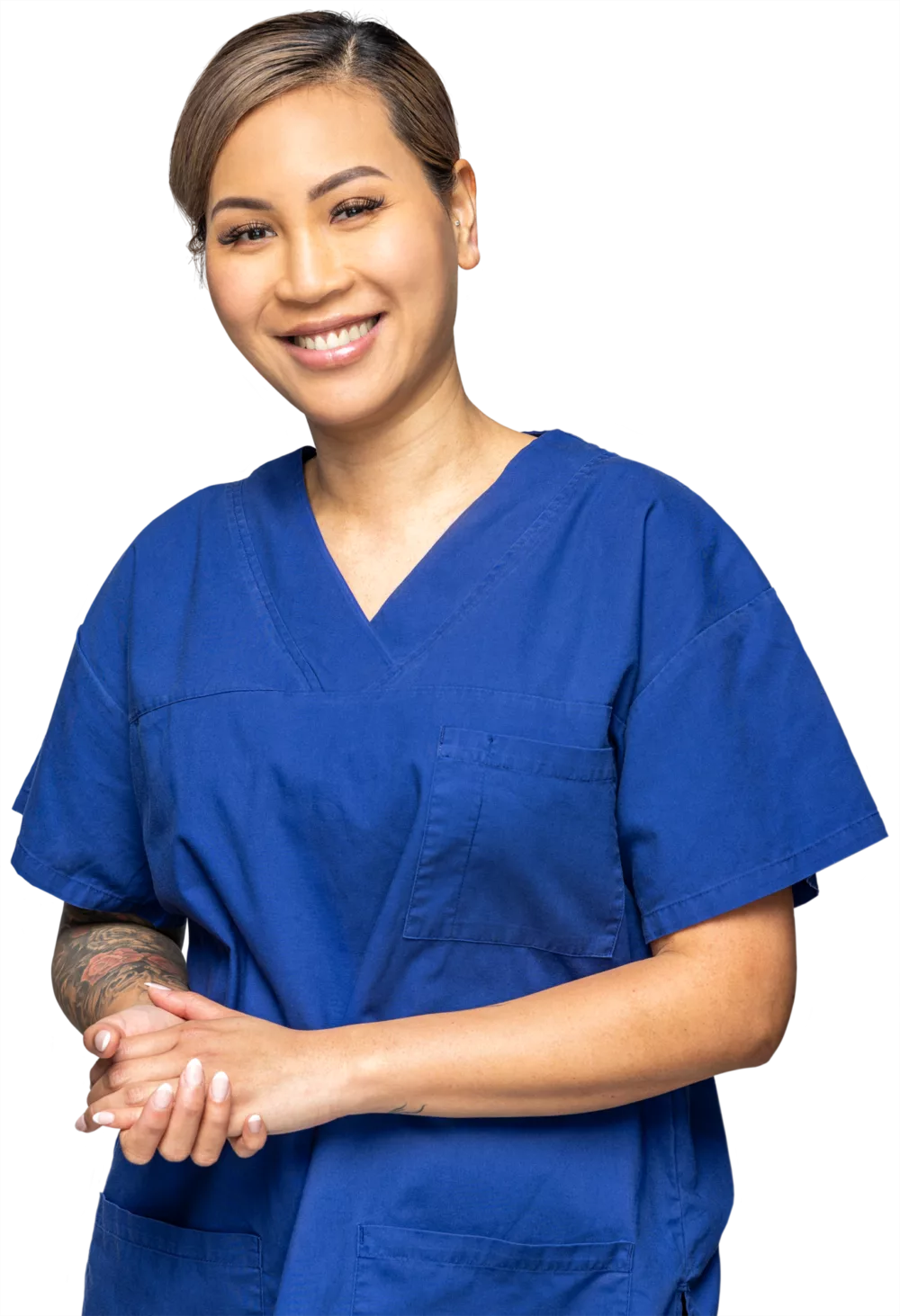Frequently asked questions
My initial doctor’s consultation is booked or has taken place, what should I do next regarding selecting a sperm donor?
- Ensure you’ve also completed your first counselling appointment as this is a mandatory part of the treatment process. You can only join the donor database once these two appointments, (Doctor & Counselling), are completed as this will ensure you have the medical and legal information at the beginning of the process. If you complete these appointments together during your first visit, your nurse will add you to the donor database the same day.
- Alternatively, you can let the Donor Sperm Co-ordinator know once you have completed both appointments so you can be added to the database at that time.
- Same sex couples: If you have a same gender partner who wishes to achieve a pregnancy in the future, please ensure you are both enrolled in the Donor Database. Donors are allocated to individuals, not to families or couples to ensure we stay within the donor’s maximum number of recipients.
Will I need to wait for a donor to become available? If so, how long?
Your Doctor, Nurse or Donor Co-ordinator at your local clinic will be able to advise you how long the approximate waiting time is. It is important to be aware that the length of time you may need to wait is an estimate, the waiting time can become longer or shorter. This is because there are many contributing factors:
- the number waiting for a donor
- the number of donors that become available in the future through being newly recruited or when existing donor recipients return their donor to the clinic selection pool
- the donor's restrictions: sometimes a donor may place restrictions about circumstances, eg sexual orientation; age; treatment type; relationship status; ethnicity, etc
- there are times when there are no donors available. It is possible that you are at the top of the waiting list but unable to select a donor for this reason.
Publicly funded treatment: if you have been allocated a publicly-funded cycle and a treatment month in which to have your cycle, the cycle cannot take place until you are eligible to select a donor. You will be given a deferred treatment month if the wait for a donor is longer.
How will I know how I am progressing in the donor database and how will I know when donors become available for me to view?
If at any stage since your initial doctor’s consultation you decide that you’re not quite ready to have treatment, please let your clinic know. We appreciate that your circumstances can change and it helps us to reduce waiting times if we know you’re not quite ready yet.
You won’t lose your position in the donor database; we simply change your status to ‘not ready’. Then you need to let us know once you’re ready to proceed again in the future and we position you straight back where you were when you went on hold.
This is always dependent on donor availability so there may not always be donors available for you to view immediately when you’re ready to recommence treatment.
What if I haven’t decided what type of treatment is best for me?
It is critical to decide what type of treatment you will have with your doctor - DI or IVF. The type of treatment you have will have the biggest impact on the length of time you may need to wait for a donor. Generally, the waiting time for IVF/ICSI sperm donors is much shorter than for DI. It is not possible to join the donor database without this information.
NB: If you are waiting for a medical procedure prior to making this decision, you can be back-dated on the donor database so you will not lose your original position.
It is not possible to be on both the IVF and the DI waiting list as this would make the waiting times appear artificially longer than they really are. If you change your mind about the type of treatment you wish to have, contact your nurse or donor co-ordinator so your records can be updated. You won’t lose your place in the database as this is always determined by the date you enrolled.
How will I be matched with a donor?
We will offer you all the donors we have available on the day of your matching appointment.
You may make requests for specific characteristics for your donor however due to the shortage of donors, we may not be able to fulfill your request and this will significantly delay your waiting time.
It is important to remember that the characteristics you choose may not be the ones your child inherits. There are no guarantees! There is some genetic information we know can be inherited such as eye and hair colour however there are many ‘environmental’ factors that are not scientifically known to be inheritable.
How many donors do you have and how many will I be offered?
We generally have between 25 to 50 donors at any time in total that are fully screened and released for treatment use. You will be offered a minimum of three donor profiles that match your ethnicity, the type of treatment you wish to have, eg ICSI or DI, and you will be matched to any restrictions the donor has placed. For this reason, there may not be more than three donors available.
Our donor profiles are being viewed by recipients in all our New Zealand clinics on a daily basis. For this reason, you will be asked to make your donor selection during the appointment at the clinic and sign your consent form. You do not have to select a donor if none of the options are suitable. If you prefer to delay your decision, this means that your preferred donor may not be available in the future, we are not able to hold donors for you.
If you decide to wait for further options in the future, this is possible however it will significantly increase the time you may need to wait for a suitable option.
How are the donors screened?
The donors are fully screened by Fertility Associates in accordance with Reproductive Technology Accreditation Committee RTAC regulations. All clinic donors have met with both a Doctor and a Counsellor and the stored samples have completed a six month quarantine period.
Am I able to view photographs of the donors?
Sometimes. It is not mandatory for donors to provide photos of themselves and it is for this reason we don’t have photos of all donors. You will also need to let us know if you would like to see the photos as we don’t routinely offer them since there are some recipients who do not wish to view them. The images must be viewed on site at Fertility Associates with a staff member.
How many samples will I be allocated? What are the associated fees?
If you are having Donor Insemination you will be allocated 10 inseminations, (insems). This is sufficient for 10 DI cycles.
If you are having IVF with ICSI you will be allocated four inseminations, (insems). This is sufficient for four fresh IVF cycles.
If you are 41 years of age or older, you will be allocated three inseminations, (insems), regardless of whether you are having ICSI or Donor Insemination. You will need to meet with your Doctor for review if you are unsuccessful after your third cycle and wish to continue treatment. Fertility Associates keeps an insurance pool for the majority of donors so it may be possible to continue with your original donor but you may be asked to select a new donor especially if you are changing from DI to ICSI or vice versa.
Same sex female couples who are both wishing to use the same donor to each carry a pregnancy will be allocated two donor allocations. This is because donors consent to help a maximum of 5 recipients. This ensures each woman has her own allocation of donor sperm should the relationship circumstances change in the future and the donor’s wishes for a maximum of five recipients is adhered to. The partner who is not having treatment first will need to sign a consent to reserve sperm for the future after selecting a donor. Storage fees apply as there are two donor allocations being held by one couple.
There is no charge for storage of donor sperm while you are actively in treatment, (during the three month window).
How much time do I have to utilise the sperm that is allocated to me?
You can only hold a donor for three months if you are not using the samples in a treatment cycle. If you are allocated a donor and your circumstances change, eg you apply for public funding and become eligible more than three months in the future, and you require an ECART application for future treatment, then we will not be able to hold your donor for you indefinitely. Your donor will be returned to the pool and you will be able to select a new donor closer to the time of your treatment in order to be fair to others in the donor sperm database.
Donors consent to a legal storage period maximum of 10 years. Your donor may have donated several years prior to you selecting him. This is usually due to a previous recipient returning samples to the pool. It is very important to check how many years of storage are remaining when you select the donor. It is sometimes possible to extend storage of donor samples beyond the 10 year expiry date but this is usually only granted by the Ethics Committee after you have had a baby or if you are storing embryos, to enable you to try to conceive a sibling child. If your extension is granted, storage fees are applicable.
If you have IVF treatment using donated sperm and you create embryos that are frozen for future use, then those embryos have a legal expiry date also. The expiry date is 10 years from when the donor sperm is frozen, not 10 years from when the embryo itself is frozen
What if I use all the sperm that I am allocated?
Fertility Associates usually have an ‘insurance pool’ of donor sperm which may be available if you use all the sperm in your original allocation. It is possible that you will not be offered any further clinic donor sperm in these circumstances and you may be asked to recruit your own personal donor.
I’ve selected a suitable donor, what should I do next?
With regard to beginning treatment, you need to contact our nursing team and they will provide you with the next steps.
Can I transfer my donor samples to another centre?
No. The exception to this is when you have had a child with a clinic donor and you wish to transfer sibling sperm to another clinic.
Ready to start your fertility journey?
Book a free 20 minute phone consultation with one of our expert fertility nurses.
Book now



